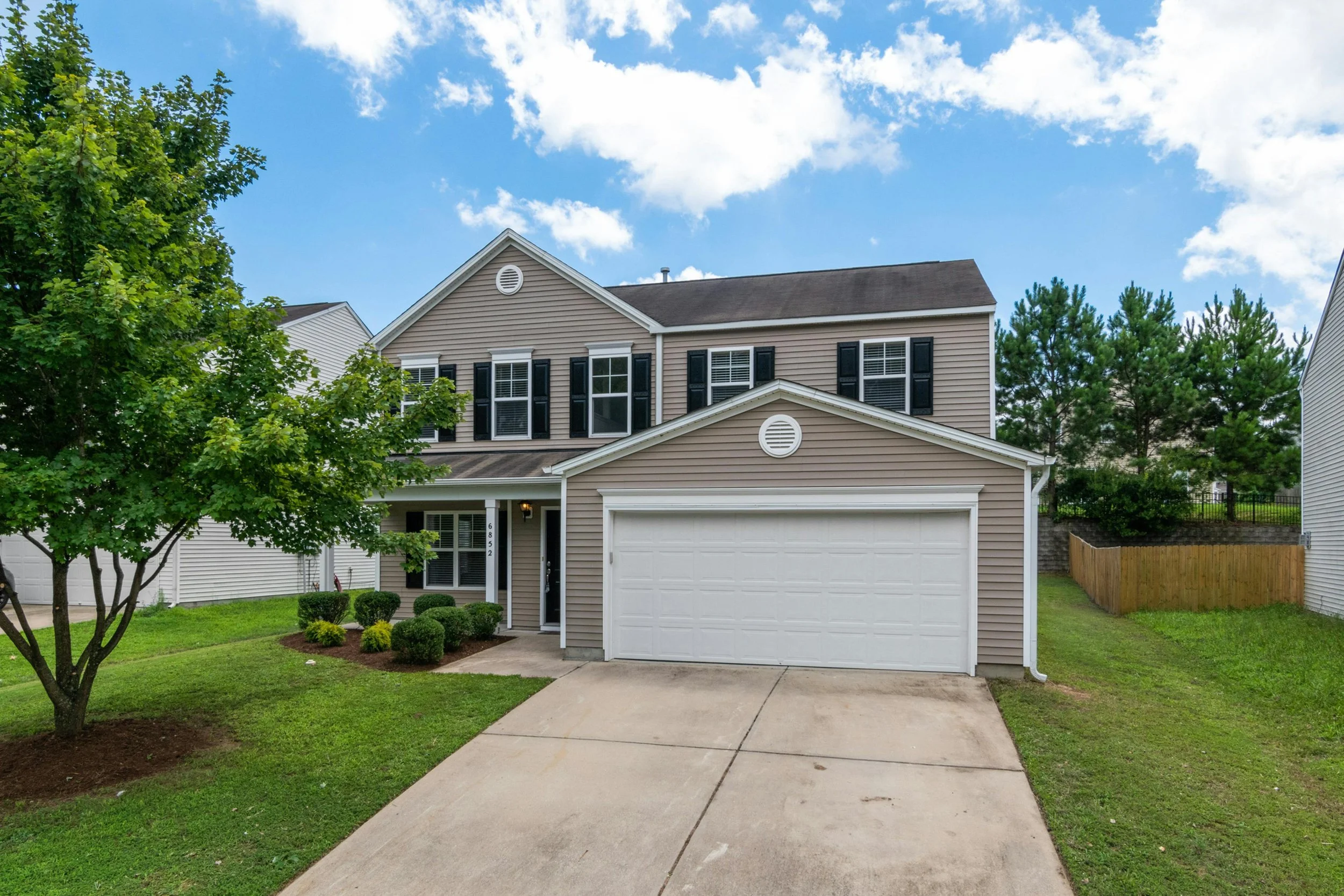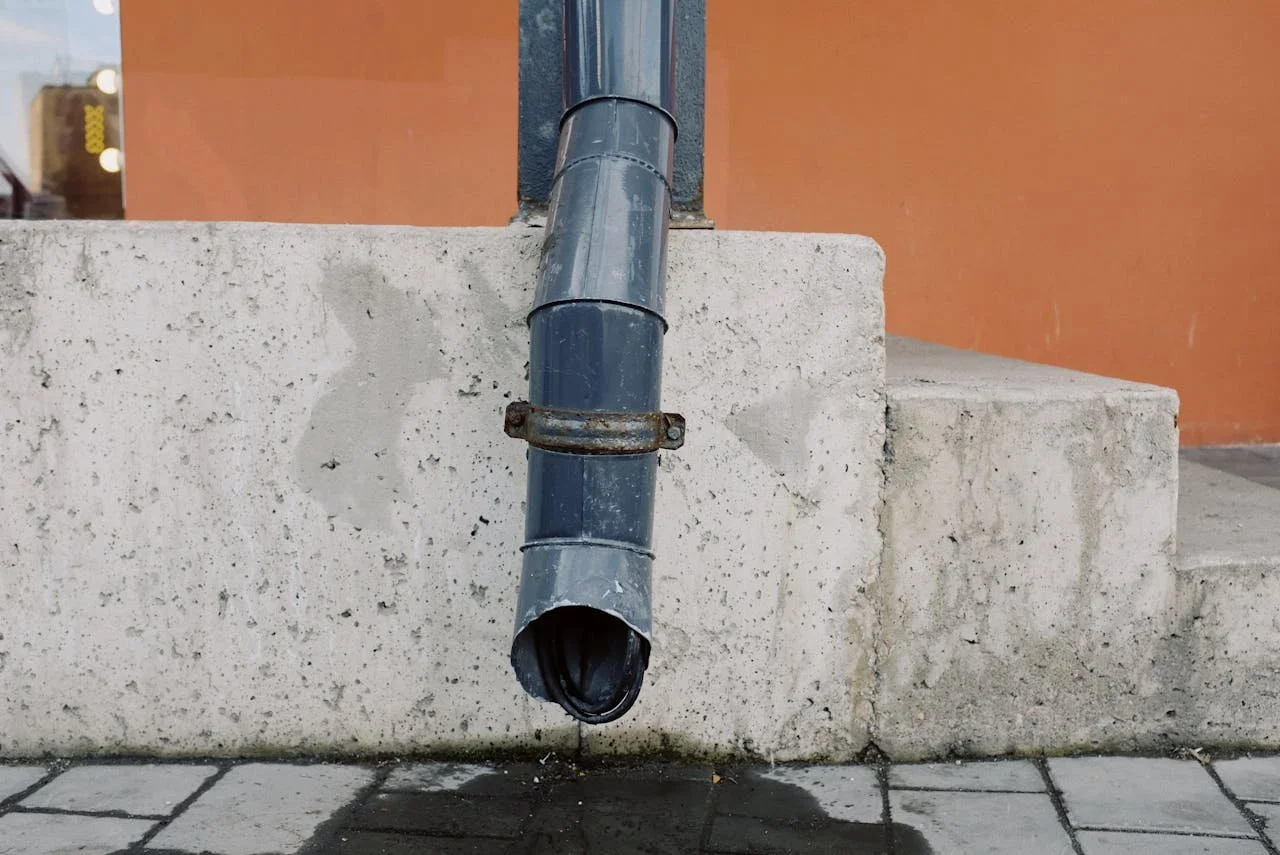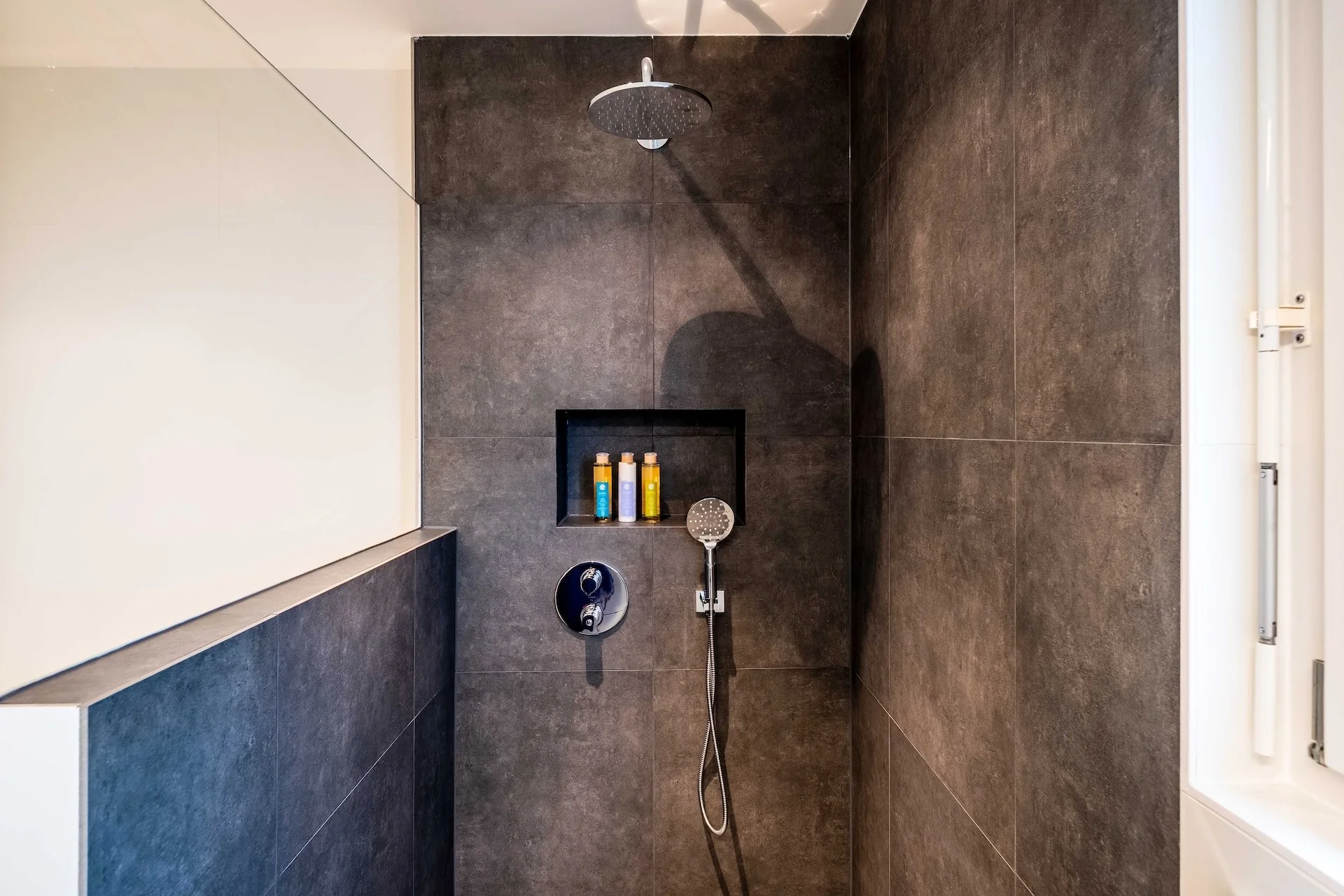DIY Pest Control for Your Plumbing: What Works and What Doesn't
RH Business Marketing Solutions
By Teri Silver
The heart of your home isn’t the kitchen or the living room — it’s the plumbing. Pipes, faucets, water heaters, and drains are what keep everything working together, giving us the convenience of comfortable home living.
Insects, mice, mold, and other pests sneak their way into plumbing systems. The slimy crud buildup in pipes, complete with food and nesting material, is a perfect place for a breeding ground.
Rectify these issues with a little DIY pest control. Here are some effective ways to keep unwanted invaders from crawling into the plumbing system of your Illinois home.
Inspect the Plumbing
One strategy for maintaining a clean and healthy home is to frequently inspect the plumbing. Dampness and wet pipes draw insects and rodents to their moisture. Inspect the crawlspace, laundry room, garage, basement, attic, storage closets, and utility spaces to find and seal anything that’s leaking. Repair, replace, or tighten faucets to keep them from dripping.
What Works: Clean the Drains
Insects live in drains and feed on the debris that sets in. Clogged drains have food waste, dirt, grease, hair, soap, cat litter … you name it. Whatever is clogging up the pipes, it must come out, not only to ward away insects but to keep the system working properly.
Remove hair, soap scum, food scraps, and other gunk that prompts bugs to procreate in sink and bathtub drains. Mosquitoes breed in stagnant water, even indoors, and you certainly don’t want those hatching in your tub!
With various methods of drain cleaning, you can choose which may be the easiest DIY project for you. A plumber’s snake or drain auger may work in your system, but you need to know how to use it. Plunging is useful for clearing toilet clogs and cutting through blockages in sink and shower drains.
What Works: Chemical Cleaners
Chemical products are most effective for many bug problems, and you can easily find them in garden and home improvement stores … and just about everywhere else.
Chemical-based pest control products may not be considered “eco-friendly,” but they get the job done, especially during heavy infestations of roaches, mosquitoes, ants, ticks, and spiders. Select from aerosol or pump sprays, gels, and foggers.
What Works: Fill the Holes
Mice and rats tunnel their way through tiny cracks and larger crevices. Patch up doors, windows, and vented openings with caulk, liquid foam, or cement. Weather stripping keeps them from coming in under windows and doors.
Wrap roof vents and drain pipes with screen mesh to defend against squirrels, rats, skunks, and other crawling critters. Replace torn window screens.
Hit or Miss
So-called “natural” pest control products that work for your home’s plumbing system truly are hit or miss, but if you’ve already cleaned out the drains, chances are better that you’ll have a positive result.
If you can handle the smell, try a home remedy by flushing pipes with hot water and a half cup of baking soda mixed with one cup of vinegar.
Emitting a nicer fragrance, cinnamon oil kills adult insects and mosquito eggs. Blend cinnamon oil with water and spray the affected areas.
Setting baits and glue traps around drains catches the little buggers in the act. Baits attract insects toward a meal and the glue keeps them there.
Diatomaceous earth is a dusty collection of fossilized aquatic remains. Sprinkle it in cracks and crannies where bugs get in.
Set up a dehumidifier in the basement and crawlspace, especially near water pipes. Maintain a 40 percent level and sweep out cobwebs whenever they appear. The number of spiders should start to dwindle after a few weeks.
Plumbing pipes bring water to your family, but they’ll bring it to unwanted buggy visitors, too. Clean, fix, tighten, and wipe up damp fixtures and drains for your best DIY pest control solution.
Teri Silver is a journalist and outdoor enthusiast. She and her husband live on 5 acres with a vast lawn, three gardens, a farm, a pond, many trees, and a lot of yard work! The best parts of the year are summer and fall when home-grown veggies are on the dinner table.












